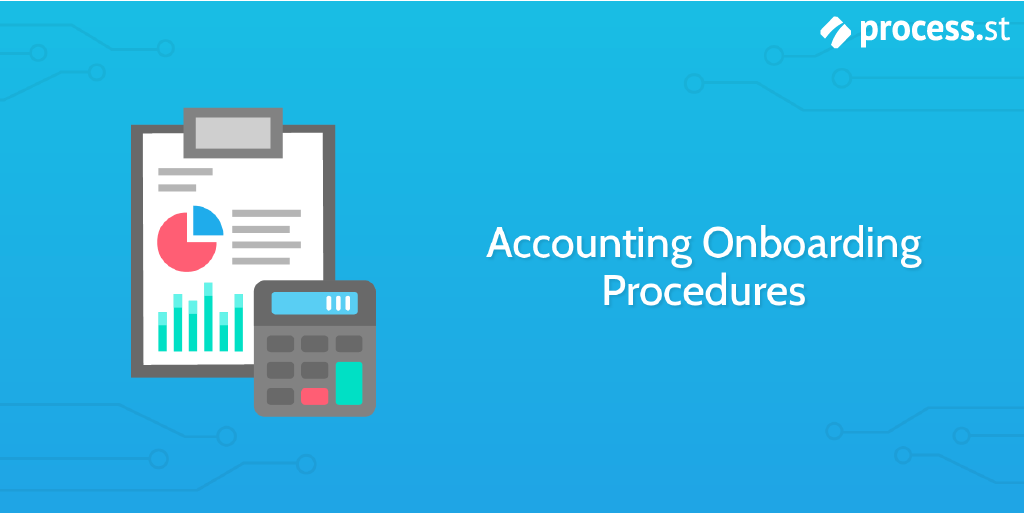Onboarding new employees is a crucial task for accountancy firms. After all, 69% of employees are more likely to stay with a company for three years if they experienced great onboarding.
Starting the relationship well with a new hire results in higher productivity sooner, more effective work, and increased loyalty to the company.
In this checklist, we will go through the steps required to onboard an employee in a way which is effective for your organization and compliant with the law.
The training focus is on three areas:
- Learning internal systems and accounting software
- Studying methodologies and approaches
- Leveraging peer learning to apply that knowledge
As you follow the checklist, you can use the form fields provided to record pertinent information.
Below is the video used by the University of Florida to help orient new hires. It is surprisingly entertaining.


